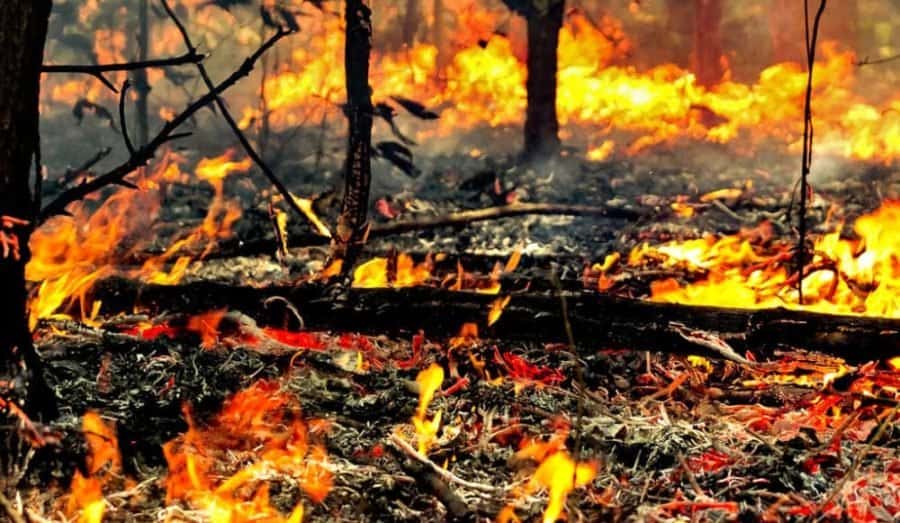Increasingly frequent droughts, extensive deforestation and changing land use have made a tinderbox of Amazon rainforests — but some trees make out better than others.
A new Yale-led study suggests a key variable in trees’ ability to survive fires is the thickness of their bark — the thicker it is, the more likely trees will survive.
The researchers, who analyzed trees in fire-ravaged regions of the Amazon rainforest, found that trees in wetter areas of the rain forest have thinner barks. The differences in thickness are substantial — ranging from as low as 0.5 mm of bark in the wetter regions (about as thin as a fingernail) to as much as 4 cm (about the length of a thumb) for trees in drier regions. This makes wet forests more susceptible to the ravages of fire than thicker-barked trees in drier forests.
As droughts worsen in wetter regions of the basin, increasing the likelihood of fire, this may make the effects of fire on the environment much worse, the authors say. Trees store carbon, keeping it out of the atmosphere, and exude oxygen.
Understanding the role of bark thickness in fire severity will help scientists assess the impact Amazonian fires will have on forests and on climate change, said Yale’s Carla Staver, associate professor of ecology and evolutionary biology and corresponding author of the research paper. It was published in the journal Ecology Letters.
It is estimated that between 0.67 and 5.86 gigatons of carbon were released in Amazon fires between 2001 and 2010. The higher estimate would be equivalent to all of Brazil’s fossil emissions during the same period.
“These fires are the result of changing climate and increasing fire ignitions by people, and they potentially can create further warming and drought,” Staver said.


